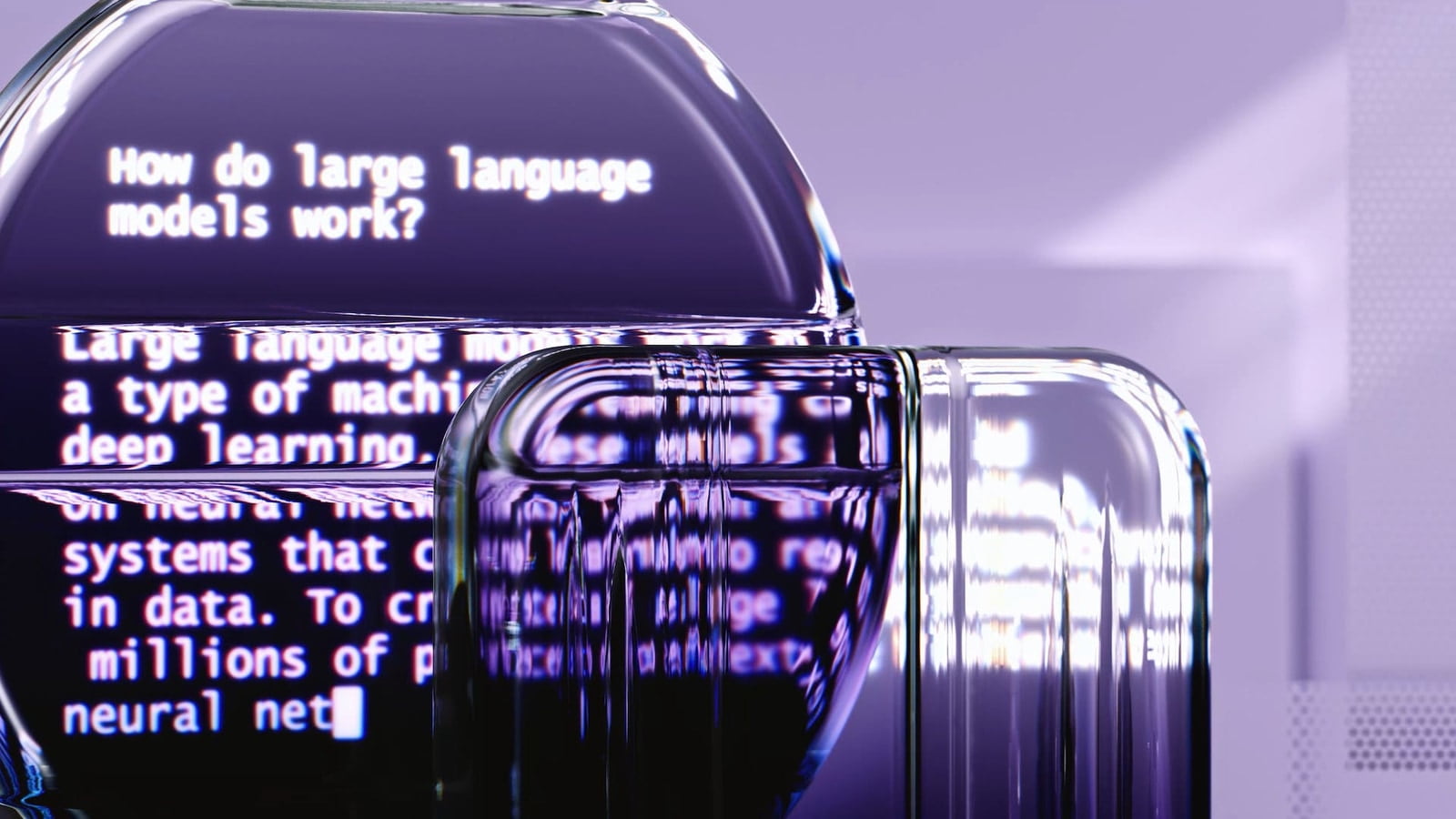
Author: Richard Wilkins, AI Knowledge Partner, Sales Innovation.io
In the realm of artificial intelligence (AI), two broad categories that are often discussed are Generative AI (GenAI) and Predictive AI. Each serves a distinct purpose, employs different algorithms, and has unique implications for various industries. This guide aims to demystify these categories, providing clarity on their differences, applications and examples of the algorithms they use.
Predictive AI: Forecasting the Future
Predictive AI focuses on the analysis of historical data to predict future events or outcomes. It's extensively used in fields such as finance, marketing, healthcare and more. The core idea is to identify patterns or trends in data that can inform future decisions. Predictive AI relies on statistical, machine learning and deep learning models to forecast outcomes.
Key Algorithms in Predictive AI:
- Regression Analysis: Linear and logistic regression are foundational tools for predicting a continuous or categorical outcome based on one or more predictor variables.
- Decision Trees: These models use a tree-like graph of decisions and their possible consequences, including chance event outcomes, resource costs and utility.
- Random Forest (RF): An ensemble learning method that operates by constructing a multitude of decision trees at training time to improve predictive accuracy and control over-fitting.
- Gradient Boosting Machines (GBM): Another ensemble technique that builds models sequentially, each new model correcting errors made by the previous ones, used for both regression and classification tasks.
- Support Vector Machines (SVM): A supervised machine learning model that uses classification algorithms for two-group classification problems.
Generative AI: Creating New Data
Generative AI, on the other hand, focuses on generating new data that is similar but not identical to the data it has been trained on. This can include anything from images, text, and videos to synthetic data for training other AI models. GenAI is particularly known for its ability to innovate, create, and simulate in ways that predictive AI cannot.
Key Algorithms in GenAI:
- Generative Adversarial Networks (GANs): Comprising two networks, a generator and a discriminator, GANs are trained to generate new data with the same statistics as the training set.
- Variational Autoencoders (VAEs): These are generative algorithms that use neural networks for encoding inputs into a latent space representation, then reconstructing the input data based on this representation.
- Transformer Models: Originally designed for natural language processing tasks, transformers can be adapted for generative purposes, as seen in models like GPT (Generative Pre-trained Transformer), which can generate coherent and contextually relevant text based on a given prompt.
Comparing Predictive AI and GenAI
The fundamental difference between Predictive AI and GenAI lies in their primary objectives: Predictive AI aims to forecast future outcomes based on past data, while GenAI aims to create new, original data that mimics the input data in some form.
Predictive AI Examples:
- Finance: Using historical stock prices and indicators to predict future market trends.
- Healthcare: Analysing patient records to predict disease outbreaks or the likelihood of a disease in individual patients.
GenAI Examples:
- Content Creation: Generating realistic images or art from textual descriptions using GANs.
- Text Generation: Creating coherent and contextually relevant articles, stories, or conversational responses using transformer models like GPT-3.
Conclusion
Understanding the distinction between GenAI and Predictive AI is crucial for leveraging the right AI strategy for your needs. Predictive AI excels in forecasting and decision-making based on historical data, employing algorithms like RF, PCA and SVM. In contrast, GenAI, with technologies like GANs, VAEs and transformers, shines in creativity and innovation, generating new data and ideas. Each has its place in the AI ecosystem, driving advancements across sectors with their unique capabilities.


